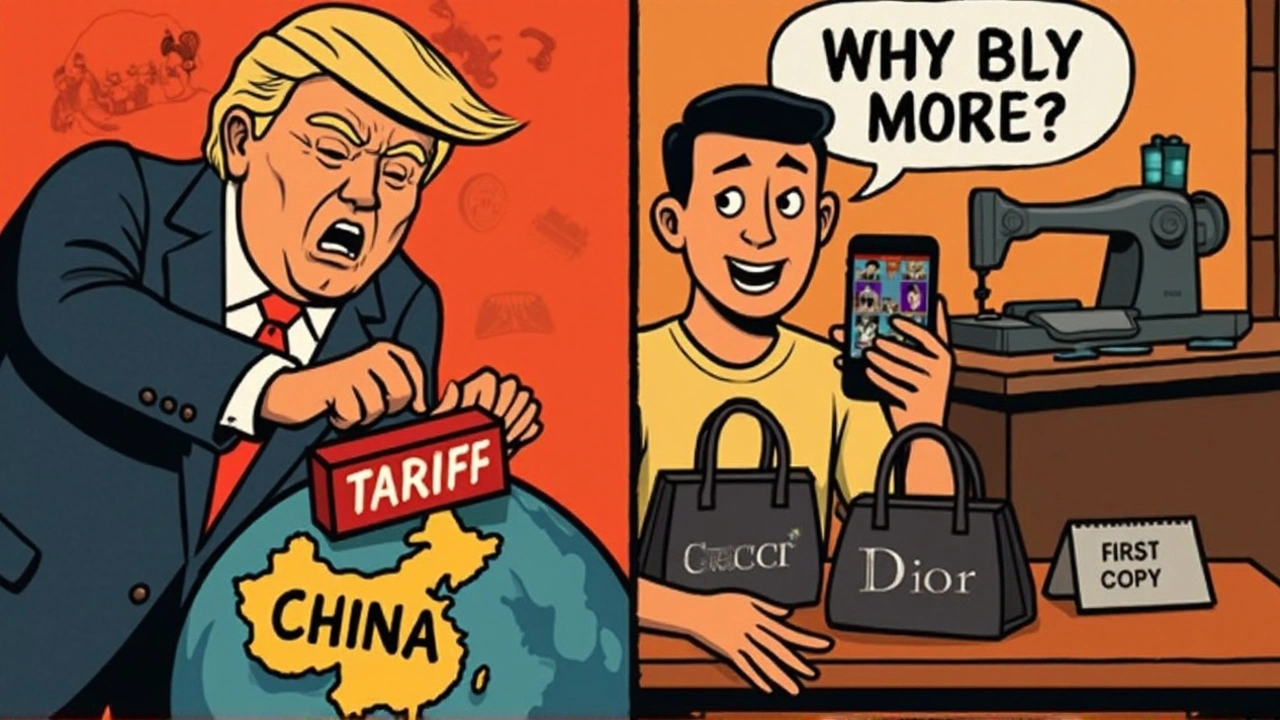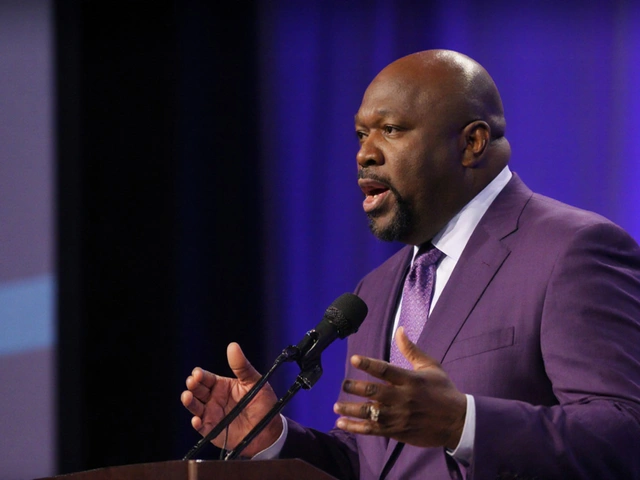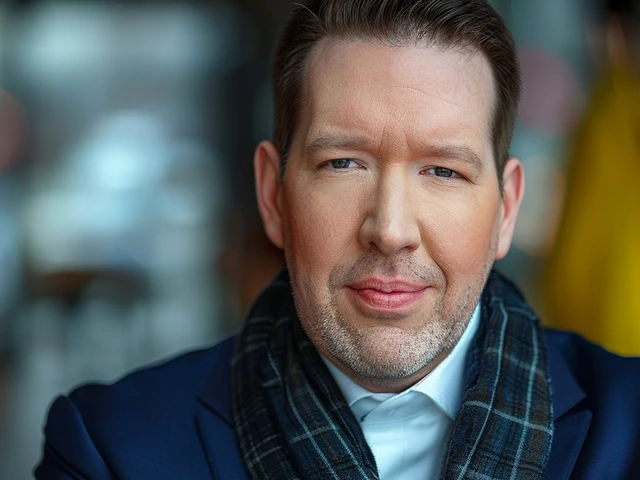Scrolling through TikTok these days, you might stumble upon videos that claim to pull back the curtain on luxury fashion brands. Content creators reveal what they allege are the manufacturing realities behind house names such as Gucci, Dior, Hermès, Louis Vuitton, Prada, Chanel, and Lululemon. At the heart of these claims is a startling assertion: a significant portion of these brands’ high-end products are actually made in China.
These TikToks, racking up viral views, suggest a scenario where these items leave Chinese factories, head to Europe for finishing touches and labeling, and hit stores worldwide at hefty prices. Take @Sendback2, for instance—a key figure in this narrative—who alleges a staggering 80% of luxury handbags originate from China. The suggestion? Savvy shoppers can sidestep steep retail prices by purchasing directly from manufacturers, complete with handy links provided in these videos.
But hold on, say the brands themselves. Hermès and Louis Vuitton have piped up, decisively dismissing these claims. Their stance is clear: the majority of their goods are crafted in European workshops, adhering to strict rules about substantial transformation that ensure authenticity and integrity—a world apart from hastily relabeled merchandise.
Hermès, for one, boasts production across 60 sites in France alone, supplemented by facilities in Switzerland, Italy, and the U.S., while tactically excluding China. Similarly, Louis Vuitton asserts that its leather creations come from meticulous workshops based in France, Spain, Italy, and the U.S.
Experts are keen to dive deeper, seeing this viral storytelling as more than just TikToks: it's a reflection of a dynamic economic strategy potentially mingled with misinformation. With U.S.-China tariffs shaking up trade, Chinese manufacturers might be maneuvering to capitalize on the chaos, pushing consumers towards direct sales or counterfeit alternatives.
This has triggered broad debates. For one, it's spotlighting how much—or how little—consumers actually know about where their luxury buys come from. It also challenges the transparency of brands, probing whether they’re as open and honest in their operations as they claim to be.
The fight isn’t just about seeking the truth; it’s also scratching at deeper issues within the ongoing US-China trade war. Authentic luxury brands work under stringent origin-labeling laws, making widespread Chinese production claims sound far-fetched for the real deal. Yet, regardless of what's true, the buzz has successfully tapped into customer skepticism, turning manufacturing transparency into the latest front in the battle for brand authenticity.






OMG this is wild 😍 I just bought a 'Made in Italy' bag last month and now I'm paranoid lol. Maybe I got the Chinese version with a fancy stamp 🤭
I dont think its all fake but i do think brands stretch the truth a lot like why does a $3000 bag need 17 layers of stitching anyway
This isn't about manufacturing this is about power. The luxury industry survives on mystique. Let people believe it's all hand-stitched by French nuns in candlelight. The moment you reveal the factory floor the spell breaks. And they know it.
If you want real luxury buy local. Support artisans in your own country. No need to pay for a logo that says 'I spent too much money on a bag'.
The claim that 80% of luxury goods are made in China is statistically absurd. The supply chains are too tightly controlled. But the perception? That’s the real product.
So… we’re supposed to feel bad for Hermès because they’re not making bags in China? Honey they charge $10k for a bag with a zipper. I’m not crying for them.
Ah yes the classic luxury brand defense: 'We only make it in Europe' - said while paying factory workers in Vietnam $2/hour to sew the lining. The hypocrisy is beautiful.
The real issue isn't where it's made, it's that consumers have been conditioned to equate price with purity. A $5000 bag isn't more durable than a $500 one - it's just more expensive to convince you it is. The manufacturing origin is irrelevant to the psychological transaction.
I mean if you're buying a Gucci bag you already know its not about the leather its about the status. If you think the 'Made in Italy' stamp means anything you're either rich or naive
People want magic. They dont want to know how the sausage is made. If you tell them the bag came from a factory in Guangdong they'll feel sad. So the brand gives them a story. That's all it ever was.
THIS IS A GOVERNMENT PLOT TO DESTROY WESTERN CULTURE. CHINA IS USING TIKTOK TO MAKE US BUY FAKE LUXURY SO WE LOSE OUR SOULS AND BECOME SLAVES TO THE COMMUNIST PARTY. I SAW A VIDEO WHERE A MAN IN SHANGHAI WAS WEARING A FAKE LV BAG AND THEN HIS PHONE TURNED OFF. THATS NOT A COINCIDENCE.
You think this is bad? Wait till you find out the silk in your scarf was woven by children in a basement in Bangladesh while the CEO sips champagne in Paris. The whole system is a lie. And you're part of it.
Dont let the noise get to you 🙌 The best thing you can do is buy what you love and support ethical brands. Money talks louder than any TikTok video 💪
Real talk if you can afford this stuff you dont need to stress about where it was made
I get why people are upset but I think we're missing the point. The brands aren't lying about where they make things - they're just not telling you everything. Transparency isn't about truth it's about control.
So what? You think people care? They buy it because it looks nice and their friends think they're rich. The truth doesn't matter. The image does.
It is imperative to recognize that the global supply chain has undergone profound transformation over the past two decades. The assertion that luxury goods are manufactured in China must be evaluated through the lens of international trade regulations, intellectual property protections, and the legal definition of 'substantial transformation' under the Harmonized System. The veracity of claims made on social media platforms cannot be substantiated without access to certified documentation from accredited manufacturing facilities.